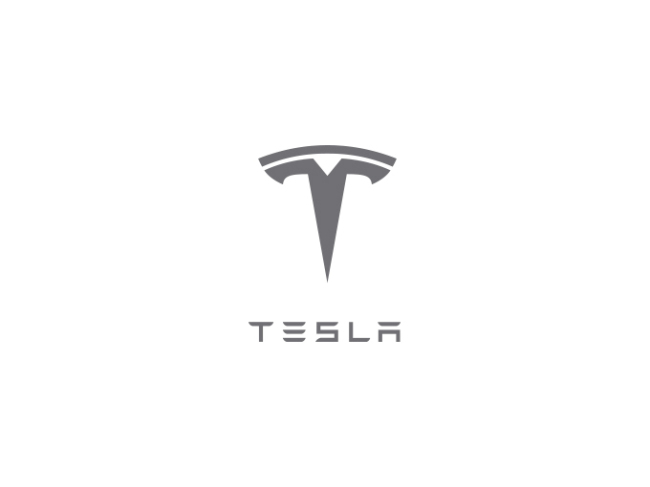Tesla Motors Inc. reported fourth-quarter deliveries that fell short of its own forecasts, sending shares lower in after-market trading, as production delays continue to plague the carmaker led by Chief Executive Officer Elon Musk.
The Palo Alto, California-based maker of electric cars and energy-storage products delivered about 22,200 vehicles in the final three months of last year, according to a statement Tuesday. The total trailed the automaker’s projection for 25,000 units and brought its full-year tally to 76,230 vehicles, below its forecast for at least 80,000 units.
 |
(Tesla) |
Musk has a history of setting ambitious targets and timelines for Tesla and coming up short, including his calls for how soon the Model X sport utility vehicle and less-expensive Model 3 sedan would follow the top-selling Model S. The pressure on Tesla to make good on its goals has risen following the merger last year of the carmaker with solar-panel installer SolarCity Corp., since both have typically reported losses and burned cash.
“There is a high risk of execution missteps, a challenged track record on meeting timelines, cost challenges, and potential impact from an otherwise full plate of initiatives in ’17,” Brian Johnson, an analyst at Barclays Plc, wrote in a report earlier Tuesday. Johnson said there’s a “high probability” Tesla will announce a delay for Model 3 and estimates zero deliveries of the model for 2017.
Tesla shares fell about 2 percent to $212.60 as of 7:26 a.m. in New York before the start of regular trading. The shares slumped 11 percent last year, the company’s first annual decline since its initial public offering in June 2010.
Short-term production issues related to new hardware for the Autopilot driver-assistance system contributed to transport delays or prolonged delivery of about 2,750 cars to customers, according to Tesla. The Autopilot-related challenges began in late October and lasted through early December.
Musk is trying to transform Tesla from a niche seller of high-priced electric vehicles into high-volume manufacturer making 500,000 autos annually in 2018 -- nearly six times the number of cars and SUVs it produced last year.
While the 76,230 vehicles Tesla delivered in 2016 was a record and up 51 percent from a year earlier, the company has a ways to go to be considered a mainstream player. By comparison, Ford Motor Co. sold 72,089 F-Series pickups in the month of November alone.
Tesla has been counting on keeping sales of its Model S sedans and Model X SUVs strong while consumers await the Model 3, which is planned for volume production in late 2017. Musk urged workers in August to cut costs and deliver every car possible, which contributed to Tesla reporting a profit for the three months ended in September, its first in eight quarters.
“They flipped every switch to get every vehicle delivered in the third quarter,” Kevin Tynan, an auto analyst with Bloomberg Intelligence, said by phone. “The fourth quarter is the payback. It feels like the Model 3 can’t get here fast enough because demand for the Model S is softening as it gets deeper into its life cycle.”
Tesla completed its acquisition of SolarCity in November, taking on the solar installer’s $2.89 billion debt load. Last month, the company increased its borrowing capacity under two credit agreements by about $500 million.
Musk’s ambitious production goals depend in part on its battery factory east of Reno, Nevada, which is close to beginning battery-cell production. Tesla is giving investors a tour of its so-called Gigafactory on Wednesday. (Bloomberg)








